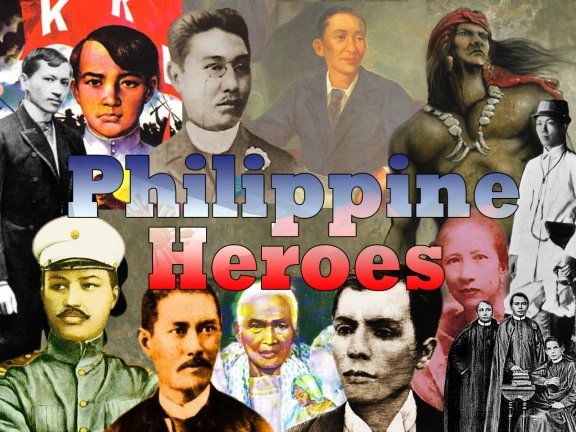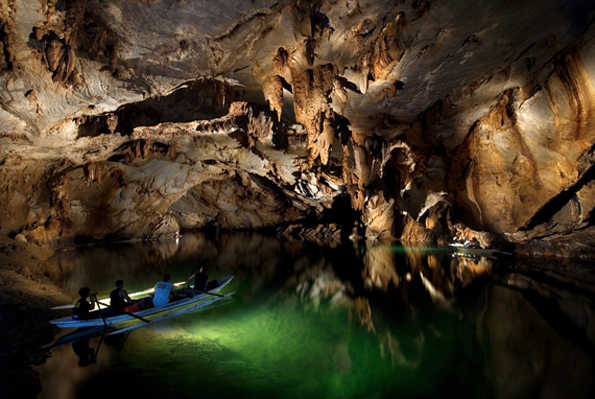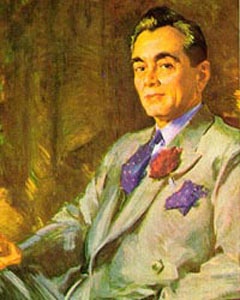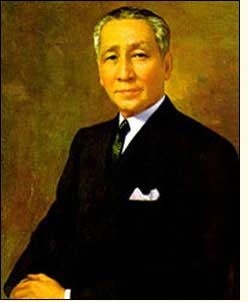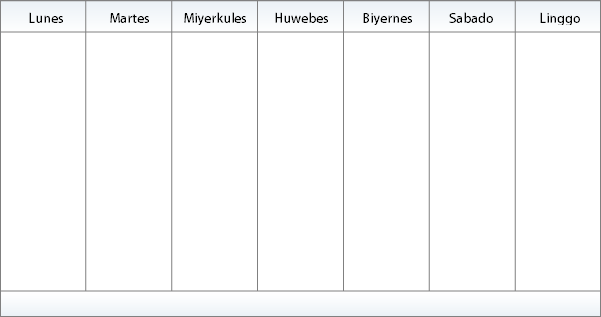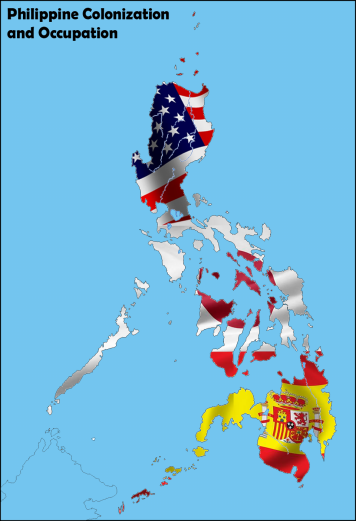
The Philippines has gone through different colonization and occupations from other countries. The first to colonize the Philippines is Spain. The next is the United States of America and finally the Japanese occupation occurred.
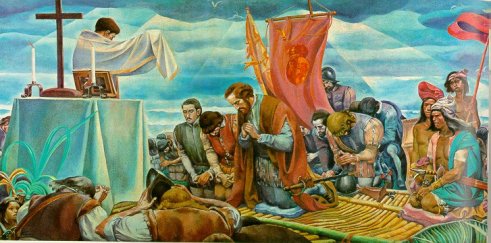
The Spanish colonization began in 1521 when the European explorer Ferdinand Magellan arrived at the islands of the Philippines during his expedition. Magellan failed to take the ownership of the country but the Spaniards continue send expeditions to try and colonize the country. In 1543, they named the islands of Leyte and Samar as Las Islas Filipinas after the Philip II of Spain who is to be crowned King of Spain in 1556. In 1565, Spain successfully started to colonize the Philippines by having a blood compact with the Rajahs of Bohol. The Spanish colonization ended on 1898.
The Spanish colonization had many influences towards the country’s land and culture. The Spaniards where the ones who made Manila as the capital of the country and they also renamed it to Manila. Aside from Manila, there are many other provinces, cities and towns in the Philippines that has been renamed to Spanish names and some of them are named using the Spanish orthography. Most of the Filipino surnames are Spanish names and Spanish-sounding. Many words of the Filipino languages are loaned from the Spanish language and the some of the Spanish grammatical concepts are used in the Filipino grammar.
The Spanish colonization introduced the concept of Roman Catholic religion in the Philippines and most of the Filipinos today have Roman Catholic religion. Most of the customs and tradition in the Festivities of the Filipinos are influenced by Spanish-Mexican culture. The holidays like New Years Day, Holy Week, All Souls Day, All Saints Day, and Christmas are celebrated today and was introduced by the Christian religion influenced by the Spanish colonization.
The Spanish colonization also influenced the cuisine, arts, literature and music of the Philippines.
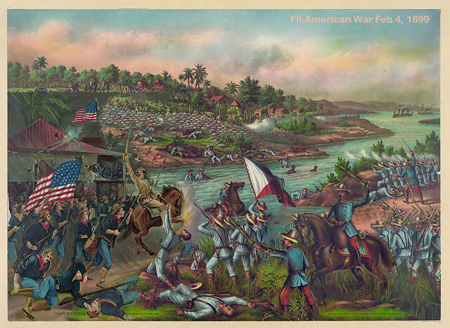
In 1898, the Philippines together with the United States won the war against the Spanish rule. This ended the Spanish Colonization over the Philippines. The Philippines thought that the United States helped them to attain the Philippine independence but the United States would not support the Philippines to have their own declaration of independence. The two countries’ relationship began to deteriorate and it became clear that the Americans are in the country to stay. The American rule lasted from 1898 to 1946.
The American Colonization left many influences on the current government, lifestyle and culture of the Philippines. The Americans influenced the use of partisan politics in our government. Partisan politics is having the political parties in the government or the group that supports each other politically. The Americans also influenced the economy and livelihood of the Filipinos by imposing the Filipinos to free trade relations.
The Filipinos also adopt the fashion, arts, cuisine and lifestyle of the Americans. They influenced the Filipinos in use of hats, long sleeved clothes, rubber shoes and others fashion statements. The music and film industry of the Philippines today is mostly adopted or is influenced from American music and film industries. They also introduced different foods to the Filipinos like spaghetti, burgers and others. They also influenced different sports and games like basketball.
The Americans also taught the Filipinos the English language. Most schools these days teaches both the Filipino and English languages. Most of the children of the 20th century in the Philippines have American or English first names mixed with Spanish names.
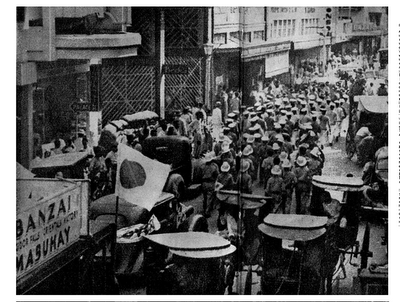
The Japanese occupation is a period in the Philippine history that happened during the World War II when the Philippines is still occupied by the United States. The Japanese launched a surprise attack at the American’s Clark Air Base in Pampanga ten hours after they attacked the Pearl Harbor. During that time the Philippines is being used by the United States as the military base in Asia. The Americans where forced to leave the Philippines and the Japanese established a new government structure in the country. The Japanese occupied the Philippines from 1942 until 1945 when the war was ended.
During the Japanese occupation the Philippines experienced what many conquered countries experienced. They experienced forced educational programs, forced labor, monetary changes, executions, and oaths of loyalty to the new regime. The Filipinos are force to study Japanese culture and it was made compulsory in schools. The Japanese controlled the industries, factories and food production in the Philippines. As the war ended, the Philippines gained its own independence.
